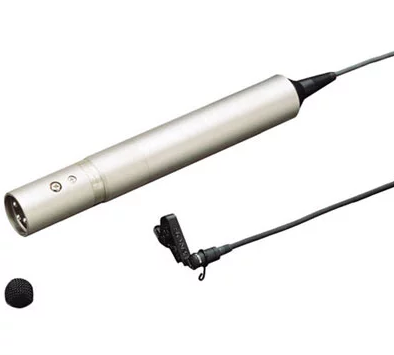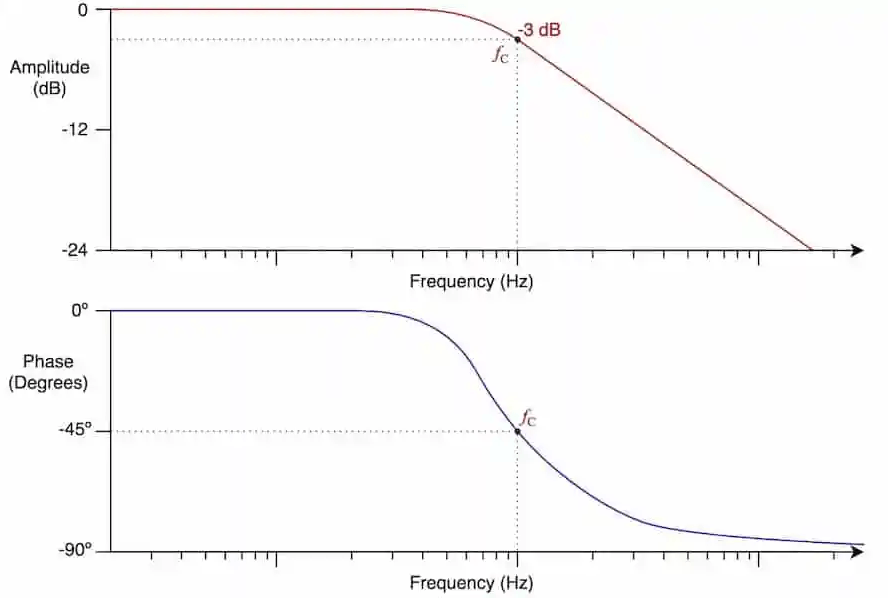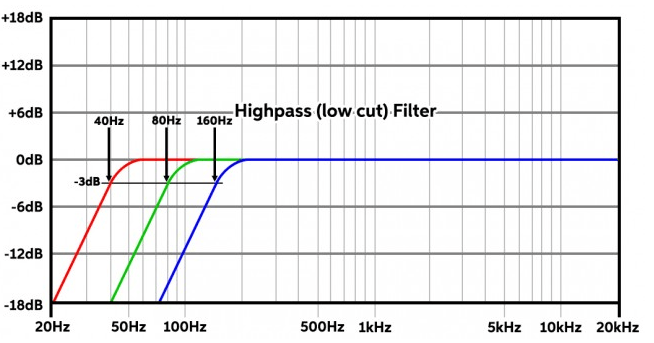Without DSP, this modern world would miss essential technologies. Communication systems, from the internet to smartphones, would be extremely limited, lacking methodical data compression, noise reduction, or error correction. Likewise, if there were no DSP, medical imaging, like ultrasound and MRIs, would be less correct, negatively affecting treatment and diagnosis.
At the same time, the audio and video quality would suffer. So, what does DSP stand for? What are its main techniques and uses? And what benefits and flaws does it have? This article will provide a complete overview of Digital Signal Processing (DSP).
What Does DSP Stand for?

Digital Signal Processors (DSP) take various signals from voice, video, audio, pressure, position, or temperature that are digitized and then manipulate them mathematically. In other words, DSP is the handling and process of digital signals to attain a particular outcome. These signals usually represent a broad data range, including images, videos, audio, and more. DSP is a great technology that allows you to control and purify these signals in the digital environment, permitting you to use them in a variety of applications.
However, to understand DSP’s importance, it is necessary to distinguish between digital and analog signals. Analog signals are constant and can be of any value within the range (0mA to 20mA), making them widely usable. Contrarily, digital signals are silent and consist of different values. DSP allows you to transform analog into digital signals and control them, offering higher flexibility and accuracy in signal processing.
Different Techniques of Digital Signal Processing
DSP is an important field in audio engineering, computer science, and electrical engineering. And since it plays a key role in different domains, it comprises various essential techniques. Here’s an explanation for each.
a. Sampling
Sampling is the process of transforming constant analog signals into separate digital data points. As clarified before, analog signals can only be set in limited values. So, in order to process them through computers, you must convert them into digital form. Therefore, sampling helps discrete these analog samples by taking them at particular time intervals.
The rate that is used to take these samples is called sampling frequency. It is important to understand that higher sampling rates help capture in-depth details, but it takes more processing power and storage.
b. Transform
Transform is a mathematical technique to change a signal, transforming it from one form to another. In this process, the signal is decomposed into orthogonal basis functions. In DSP, transforms serve as an important mathematical tool, allowing you to convert signals that belong to different groups.
However, transform has two variants – discrete and continuous. Discrete transforms are used for discrete signals, whereas continuous transforms are utilized for constant-time signals. Apart from their role in the process of signal conversion, transforms are also used for data compression.
Likewise, transforms have a deep influence over signal processing as they enable signal manipulation and analysis across different domains. That is why they are highly involved in different fields, including control systems and image and audio processing, for signal compression, analysis, and improvement.
Just like there are two transform variants, there are different types as well, including:
- Laplace Transform
- Z-Transform
- Fourier Transform
The Laplace transform offers high signal performance and stability. Conversely, the Z-transform helps in discrete-time signal analysis. On the other hand, the Fourier transform helps analyze signal frequencies and provides solutions for modulation, compression, and filtering.
c. Filtering
Another technique used in digital signal processing is filtering. This method manipulates signal frequencies to suppress or augment specific parts of the signal. Filtering plays an important role in extracting vital features and putting an end to unwanted noise from signals.
There are several types of filters that serve different purposes, such as high-pass, low-pass, notch, and band-pass filters. So, for instance, if you want low-frequency elements to travel without changes while lessening the effect of high-frequency components, then you will use the low-pass filter.
Besides noise reduction, filters also play a key role in various applications, such as image improvement and audio equalization. By choosing specific signal frequencies, filters can give you more control in processing signals for different purposes. So whether you want to sharpen the image quality, get rid of interference, or refine the audio quality, filtering permits you to manage the power of digital signal processing as per your requirements.
d. Quantization
Quantization further simplifies the process of transforming continuous signals into discrete ones by breaking them down into segments. However, there are two types of quantization – uniform and non-uniform.
Uniform quantization is the fundamental method that splits the range into equal sections. So, for instance, if the range is -1 and 1 and you require four levels, then through uniform quantization, you will get equal intervals, such as -0.75, -0.25, 0.25, and 0.75. The great thing about uniform quantization is that it is simple. However, it comes with noise that is said to be its random error, and this noise is dependent on the SQNR (Signal-to-Quantizaton Noise Ratio).
Non-uniform quantization is the opposite of uniform quantizaton. It segments the range into unequal parts, depending on the signal’s characteristics. This means you can achieve intervals at extreme or as small as zero (or near zero). This mitigates errors for ordinary values and is preferred for decreasing noise. Nevertheless, it requires more calculations and memory.
e. Convolution
Convolution is a mathematical approach to digital signal processing (DSP). This method combines two signals and is widely used for operations like correlation and linear filtering. In this technique, one signal is called the input signal, which bypasses the other signal called the kernel or impulse response. This produces a new signal that you can use for various reasons, including blurring during image processing.
6 Uses of Digital Signal Processing (DSP)
What does DSP stand for in terms of usability? Here are 6 common uses of digital signal processing.
1. Audio Processing
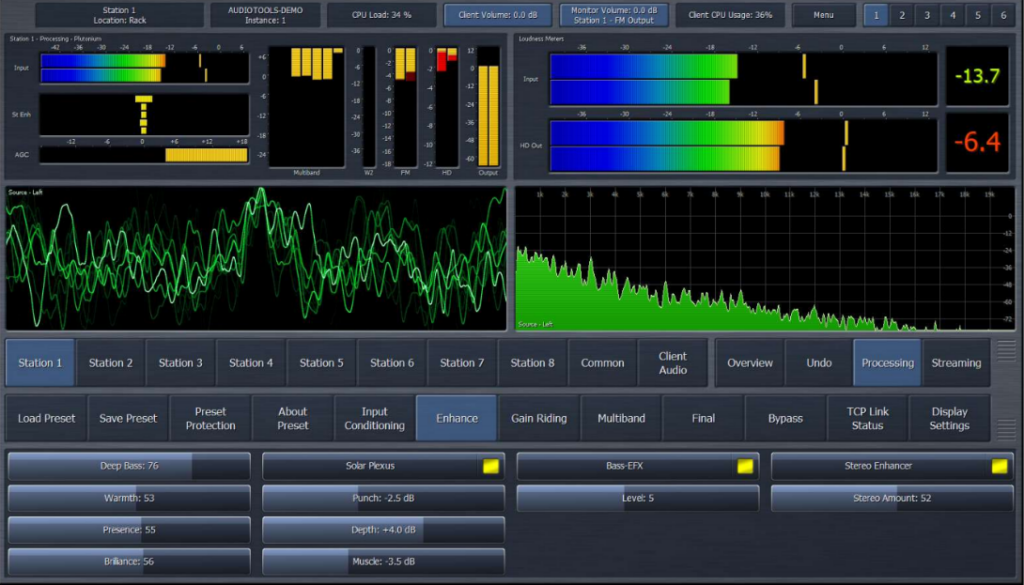
One of the primary applications where DSP systems proved their mettle is speech and audio processing. These systems are used to enhance the sound quality and ease speech recognition solutions. Plus, DSP helps in the development of digital synthesizers. The digital signal processing algorithms clean the audio by filtering out noise. This also ensures audio clarity and permits voice recognition software programs to function properly.
In the entertainment industry, DSP is important for synthesizing sounds and creating sound effects. Moreover, it is the DSP technology that enables voice assistants on your smartphones to understand your commands correctly, making it an essential part of modern entertainment systems and communication tools.
2. Video and Image Processing

Video and image processing is another important area where DSP plays its part. Think of how professionals restore and improve image quality. Ever wondered about the science behind it? It is the digital signal processing technology in image processing tools that enables them to complete such tasks successfully.
Moreover, DSP technology is also used in image recognition devices, such as medical diagnostics and surveillance, which allows them to identify different patterns or moving objects within the images. But that’s not the end of the story. DSP also plays a great role in video broadcasting, allowing professionals to compress and transmit content for different streaming platforms and modern-day LEDs.
3. Sonar and Radar Technology

Sonar and radar devices utilize DSP methods for extracting vital information and remote sensing through signals. When it comes to sonar systems, DSP helps detect submarines and inspect the underwater world. Additionally, it allows engineers to create detailed ocean maps.
In radar equipment, digital signal processing is required for tracking, target detection, and interpretation of radar signals. It helps separate unwanted clutter from all the received signals and differentiate between various objects. All these applications show how greatly DSP can elevate the ability to understand the unseen parts of the earth.
4. Telecommunication

Modern societies cannot survive without telecommunication systems, and the infrastructure isn’t possible without digital signal processing. In the telecommunication realm, DSP is used for error detection, correction, modulation and demodulation, data compression, and decompression.
Data compression permits the smooth transmission of digital information while minimizing bandwidth requirements. Correction of detected errors ensures that the transmitted data is error-free throughout the transmission. At the same time, modulation and demodulation convert digital data signals into analog to send and receive information. All these aspects are necessary for keeping the reliability of internet connections, phone calls, and more.
5. Medical Technology
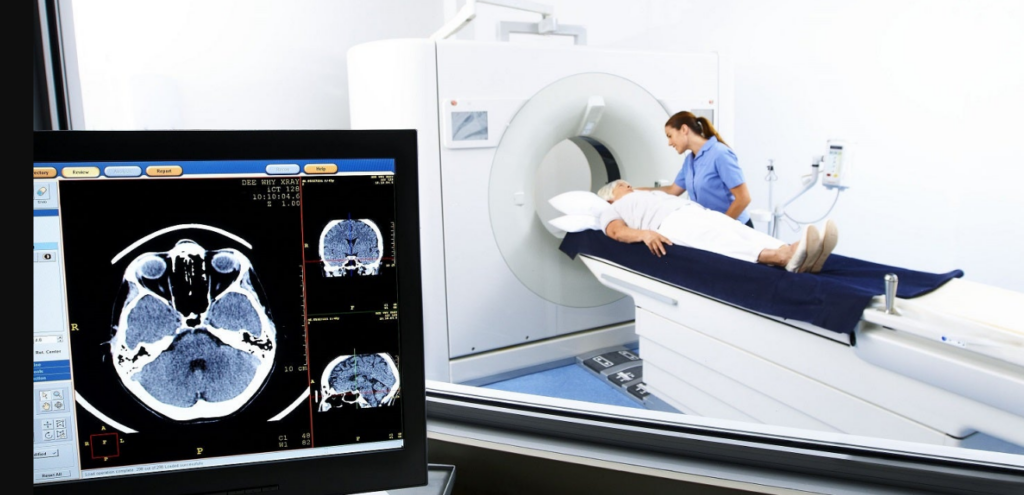
In the healthcare sector, DSP systems are used in numerous applications. The greatest examples are CT scans, MRIs, and X-rays, which use medical image processing to analyze the human body. This allows healthcare professionals, such as doctors and surgeons, to diagnose and treat patients effectively.
Digital signal processing is also used for analyzing physiological signals, including electroencephalograms (EEGs) and electrocardiograms (ECGs). DSP helps identify abnormalities, monitor patients’ health, and offer valuable information so the healthcare providers can make an informed decision about the treatment.
6. Seismic Devices

Seismology devices allow understanding of the Earth’s inner environment, including the movement of tectonic plates and early detection of earthquakes. In fact, seismic signal processing is a subfield of DSP that focuses on seismic data processing to mitigate noise and improve signal quality, allowing scientists to estimate the internal status of the Earth.
Seismic devices are incorporated with DSP technology that helps assess seismic waves, faulty plates, and potential risks of earthquakes or other seismic hazards. DSP is also essential for sorting out and presenting correct seismic data.
Pros and Cons of Digital Signal Processing (DSP)
While DSP has scores of advantages in almost every field, there are also a few disadvantages that you should know. So, let’s look at the pros and cons of DSP.
Pros of DSP
a. High Accuracy and Strict Control
One of the main benefits of DSP is the correct signal details it provides. The filters in the DSP systems are capable of deploying tight control on the output signal accuracy. This level of correctness is an essential factor for smooth signal processing.
b. Long Signal Transmission
DSP is popular for its long-distance transmission of signals. Because it ensures signal quality and integrity over increased ranges, it is highly used in remote sensing and telecommunication applications.
c. Cost Saving
Compared to analog, DSP saves a lot of expenses. The components of a DSP system are budget-friendly, and their maintenance costs are also lower. This is one of the reasons why DSP systems are widely used in numerous industries.
d. Compatible with New Computers
As modern computers are crafted with the aim of processing digital data, the digitalization of the signal is essential for compatibility. DSP supports consistent transference of analog signals into digital signals, which proves its compatibility with the new computing devices.
e. Fast Setup
A DSP system is easy and fast to configure. You only have to update the DSP program or code to make it adjustable to new changes according to your requirements. At the same time, setting up an analog signal is a time-consuming and complicated process.
f. Various Interfaces Availability
DSP supports various interfaces, including I2C and UART, allowing you to experience seamless integration with other circuits. This flexibility lets you connect DSP to a wide range of systems and improves its compatibility with several other electronic components.
g. Connection with Field-Programmable Gate Arrays
The fact that DSP is compatible with Field-Programmable Gate Arrays, also called FPGAs, proves beneficial for the protocol stacks design for wireless systems, including LTE and WiMAX. This alliance enables the creation of high-end communication systems.
h. Ability to Process Signals Offline
DSP systems are transferable since they allow digital signals to be processed offline. It is highly advantageous for applications that need signals, even in remote areas.
i. Signal Translation
DSP allows efficient and simple translation of video signals, human audio, and other data into machine language. This trait is important in applications where interpretation and real time data processing are mandatory.
j. Tolerance to Low-Quality Components
Not all circuits are made of high-quality materials and, therefore, cannot provide optimal performance. This is why DSP systems are ideal for low-quality circuits that cannot tolerate heavy signal loads.
Cons of DSP
a. Only Trained Professionals Can Handle DSP Systems
Each DSP equipment may have a different software and architecture. Therefore, only highly proficient engineers with proper training can work with DSP systems.
b. More Power Consumption
DSP transfers signals at a very high speed, which compels using powerful internal hardware. As a result, digital signal processing utilizes more power than analog signal processing.
c. Requirement for Filters
One noticeable problem in DSP is the need for an anti-aliasing filter prior to analog-to-digital signal conversion. Likewise, DSP also requires a reconstruction filter after the digital-to-analog signal conversion. These requirements increase the costs and add complication to DSP systems.
Conclusion
If you are puzzled by the question, what does DSP stand for? You will be surprised to know the level of its involvement in almost every necessary field that benefits human life. DSP means digital signal processing. It is a system found in devices and software programs that converts analog signals into digital signals through various techniques, such as sampling, transform, filtering, quantization, and convolution.
Furthermore, DSP is used in 6 main areas, including audio processing, image processing, sonar technology, telecommunication, healthcare sector, and seismic equipment. Although DSP has some disadvantages, the benefits are more powerful and overshadow its minor flaws.
When optimizing audio with DSP techniques, the quality of the original recording matters greatly. Using a reliable wireless lavalier microphone can significantly enhance audio clarity right at the source, enabling better DSP performance and richer, clearer sound.
Best Seller
Sale

Hollyland LARK M2S – Wireless Clip-on Microphone
- 7g Lightweight, Titanium Clip, Discreet Design
- Clear sound with 24-bit/48kHz, 70dB SNR, 116dB SPL
- Noise Cancellation & 300m Long-Range Stability
- Works with Camera/iPhone/Android/Laptop
- Perfect for Content Creators, Online-Teaching, Streaming
$139
$159
FAQs
Q1. Which signal is used for processing digital signals?
Analog signals are used and converted into digital signals.
Q2. How do you do digital signal processing?
You need an interface between the analog signal and the digital processor. Also, you must choose a suitable technique for digital signal processing.
Q3. What is the main goal of signal processing?
The main goal of DSP is to extract important information from complicated signals and convert it into valuable data to make informed decisions.
Q4. What are the types of DSP?
There are two types of DSP – floating-point and fixed-point DSP.































.png)


